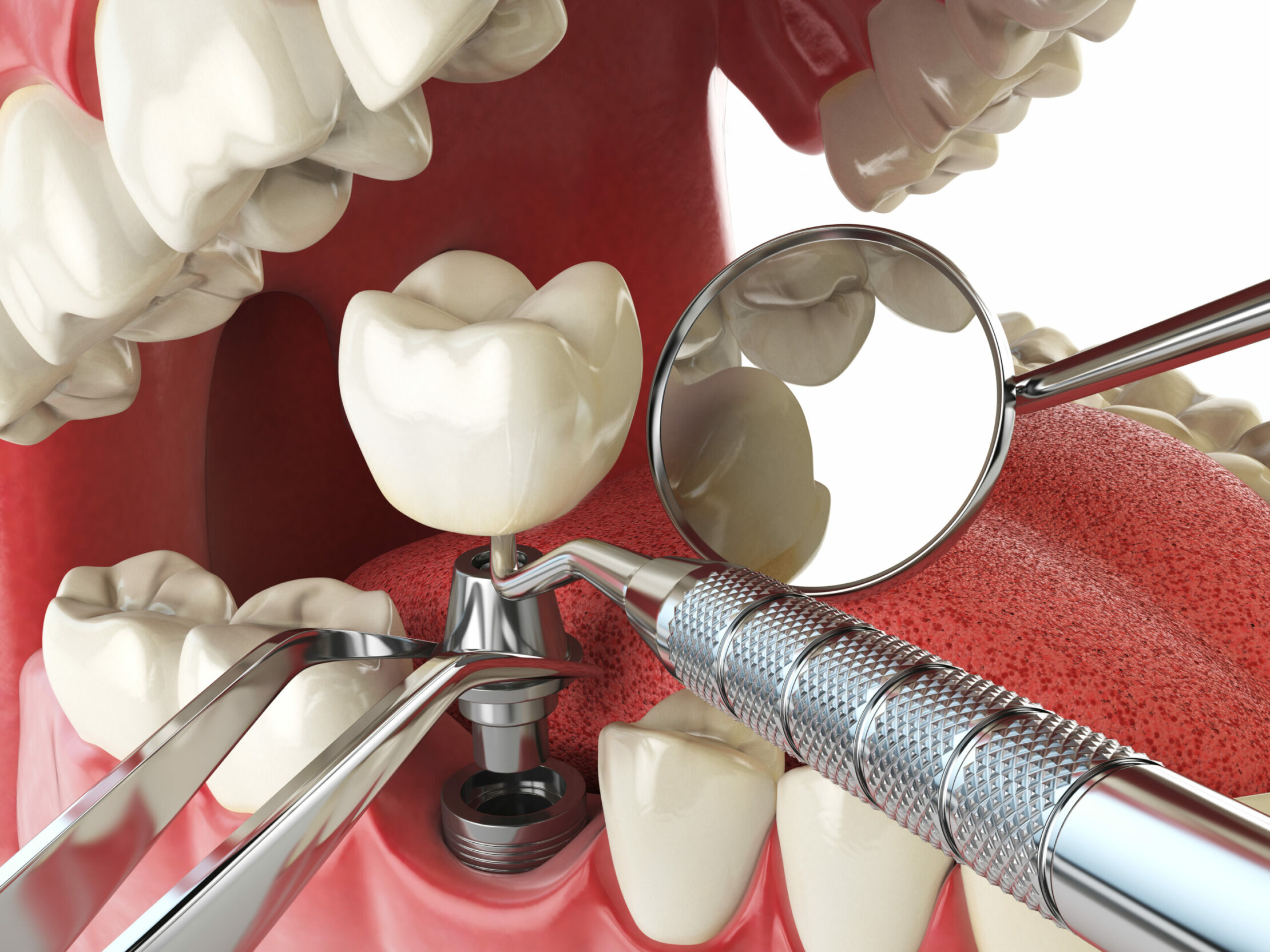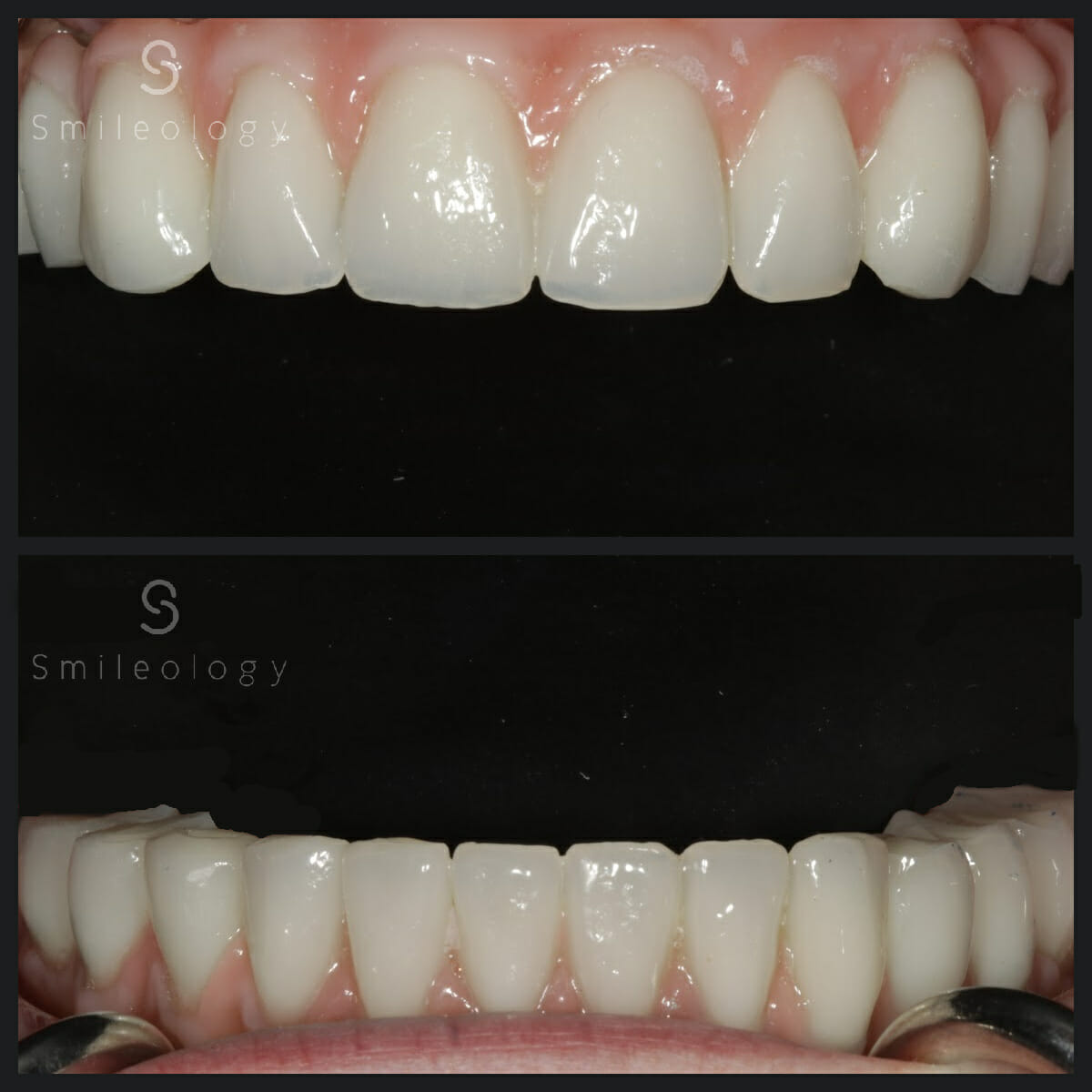Accomplish a Long-term Smile: Dental Implants Kent Solutions
Accomplish a Long-term Smile: Dental Implants Kent Solutions
Blog Article
Experience the Newest Developments in Oral Implants Modern Technology
As the area of dental care remains to evolve, the improvements in dental implant modern technology have been absolutely nothing except impressive. From the usage of sophisticated materials that enhance sturdiness to the application of digital imaging for specific positioning, these advancements are changing the landscape of oral care. With minimally intrusive medical methods and the personalization abilities of 3D printing, individuals currently have actually accessibility to tailored services that were once inconceivable. Furthermore, the combination of modern technology is changing the functionality of dental implants, assuring boosted end results and individual fulfillment.
Advanced Materials for Enhanced Durability
In the world of dental implants technology, the assimilation of sophisticated products has actually dramatically added to improving toughness and durability of these critical dental prosthetics. The utilization of materials such as titanium alloys, zirconia, and ceramic substances has changed the area by using raised resistance, biocompatibility, and strength to rust.
Titanium alloys are commonly utilized in oral implants as a result of their remarkable strength-to-weight ratio, corrosion resistance, and compatibility with the body. These alloys make certain the stability and longevity of the dental implant by holding up against the forces applied during eating and speaking, providing a dependable option for individuals seeking resilient tooth substitutes.
Zirconia, a kind of ceramic material, has actually gotten appeal for its biocompatibility and natural tooth-like appearance. Its high stamina and resistance to use make it an appropriate selection for oral crowns and bridges, improving the overall looks and performance of the implant.

Digital Imaging for Accurate Positioning
The evolution of oral implants innovation has actually additionally progressed with the combination of electronic imaging strategies, guaranteeing precise placement of these prosthetics for optimum practical and visual outcomes. Digital imaging plays an essential role in the planning and positioning of oral implants by giving thorough 3D pictures of the person's jawbone structure. This modern technology permits dental professionals to assess bone thickness, locate essential structures, and prepare the specific position and angle for dental implant positioning with unrivaled accuracy.
By utilizing digital imaging, dental experts can create virtual medical overviews that work as a roadmap during the dental implant placement procedure. These guides are personalized for every individual, taking into consideration their unique makeup and the desired result. This degree of precision not just enhances the success price of oral implant treatments however also decreases the risk of issues.
Furthermore, electronic imaging makes it possible for dental experts to imagine the final prosthetic restoration prior to the actual positioning of implants, permitting careful preparation and guaranteeing that the outcome fulfills the patient's visual expectations. In general, the assimilation of electronic imaging modern technology has changed the field of oral implants, offering patients an extra foreseeable, reliable, and patient-specific treatment strategy.

Minimally Intrusive Surgical Strategies


Improvements in surgical strategies have led to the advancement of minimally intrusive techniques in the area of dental implantology. These techniques intend to lower trauma to the client, reduce healing times, and boost total therapy results. Minimally invasive operations include smaller sized lacerations, specialized instruments, and progressed imaging click this innovations to specifically put oral implants with marginal disturbance to surrounding tissues.
One secret aspect of minimally intrusive methods is making use of led surgical treatment, where 3D imaging and computer-aided design software are employed to plan the implant positioning with great accuracy. This enables a more foreseeable outcome and can usually get rid of the demand for comprehensive flap surgical procedure.
Furthermore, advancements in products and dental implant style have actually likewise contributed to the success of minimally invasive methods. Implants with improved surface area buildings useful content promote much faster osseointegration, reducing the recovery time required before the prosthetic reconstruction can be placed.
3D Printing for Personalized Solutions
Making use of 3D printing innovation in oral implantology allows for the development of very customized options customized to specific client demands and anatomical variations. This sophisticated modern technology allows oral specialists to design and produce oral implants with extraordinary accuracy and accuracy. By using electronic imaging strategies, such as cone beam computed tomography (CBCT), comprehensive 3D versions of the patient's mouth can be created to lead the implant preparing process.
One of the essential advantages of 3D printing in dental implantology is the capability to produce patient-specific implants that completely fit the one-of-a-kind makeup of each person. This customized method assists improve the overall success and durability of the implant by guaranteeing optimal fit and alignment. Additionally, 3D printing permits the manufacturing of intricate geometries and detailed frameworks that would certainly be tough or difficult to accomplish utilizing conventional manufacturing methods.
Moreover, 3D printing technology enables dental practitioners to streamline the implantation process, lowering surgical treatment time and boosting total individual experience. With its capability to create tailored options rapidly and effectively, 3D printing is reinventing the field of oral implantology, offering individuals ingenious treatment options and improved end results.
Integrated Innovation for Improved Functionality
Implementing sophisticated technology in dental implantology boosts functionality and accuracy, raising the standard of look after individuals going through dental implant procedures. Integrated technology plays an essential duty in enhancing the overall success and sturdiness of oral implants. One crucial advancement is the assimilation of digital scanning and imaging innovations, such as cone-beam calculated tomography (CBCT) and intraoral scanners. These devices permit in-depth 3D her comment is here imaging of the patient's dental frameworks, facilitating specific treatment preparation and implant placement.
Furthermore, the combination of computer-aided style and computer-aided production (CAD/CAM) modern technology enables the development of personalized dental implant remediations with phenomenal precision. CAD/CAM systems use electronic impressions to develop prosthetics that completely fit the individual's distinct makeup, ensuring optimal comfort and functionality. Additionally, using robotic-assisted surgery in implant placement improves precision and lessens the danger of human mistake.
Final Thought
In conclusion, the most up to date innovations in dental implants technology deal enhanced sturdiness through advanced products, specific positioning with electronic imaging, minimally intrusive surgical techniques, customized remedies with 3D printing, and boosted capability with incorporated innovation - Dental implants Kent. These innovations in oral implants innovation are transforming the field and providing people with even more efficient and effective therapy choices for restoring their smiles and dental health and wellness
The combination of technology is changing the performance of oral implants, guaranteeing improved end results and client complete satisfaction.
The advancement of dental implants modern technology has better advanced with the assimilation of digital imaging strategies, ensuring exact placement of these prosthetics for optimal functional and visual outcomes. Minimally invasive medical treatments entail smaller lacerations, specialized instruments, and advanced imaging modern technologies to precisely put oral implants with minimal disruption to surrounding cells.
Implementing advanced modern technology in oral implantology enhances performance and accuracy, boosting the standard of care for individuals undergoing implant procedures. Dental implants Kent. Integrated modern technology plays an important duty in improving the general success and longevity of dental implants
Report this page